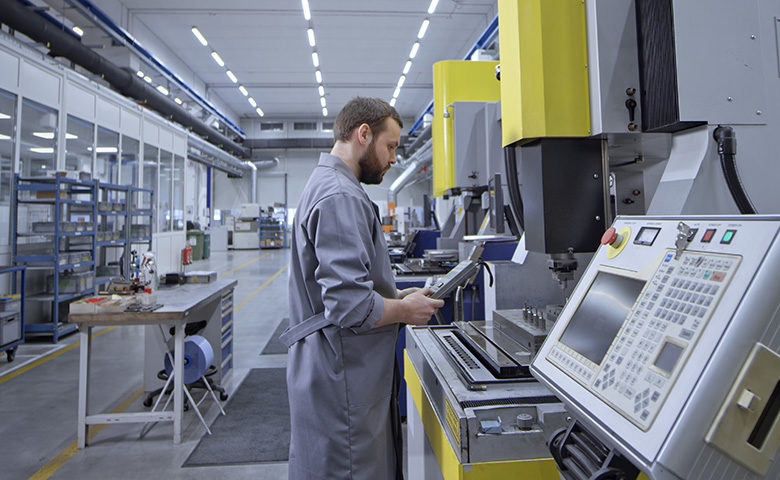February is American Heart Month. According to the National Heart, Lung and Blood Institute, 1 in 3 deaths in the U.S. are due to cardiovascular disease. Many people are diligent about taking the obvious preventive measures to be heart-healthy like eating well, exercising regularly and managing stress. But for millions of folks, it’s what’s not being done that’s killing them.
What the research shows
A significant number of workers spend the majority of their days either predominantly sitting or mostly standing. While these activities may seem harmless, recent research shows that sitting or standing for a long time can have a negative impact on the human heart.
A sedentary lifestyle leads to a buildup of calcium in heart arteries, which is associated with a higher risk of heart attacks. But a 12-year study of over 7,000 workers in Canada found that the risk of heart disease is actually higher among people who primarily stand at their job than among those who sit. This doesn’t diminish the repercussions of a sedentary lifestyle, but it brings attention to the dangers of jobs that require workers to stand for long hours.
What can employers do
Even though certain jobs can only be performed while standing or sitting, employers should try and design ways for combining sitting, standing and moving on the job. This small change would benefit the employees’ hearts and their health in general.
Additionally, employers and safety supervisors could work in tandem to design ways that allow workers regular breaks to stretch, walk around, exercise, or even just climb the stairs. These breaks can help with performance by addressing brain and body fatigue (while helping with the problem of unchanging body position). Nobody is capable of continuous performance at a steady level for eight (or more) hours straight. People generally lose concentration after 8 seconds. Taking a short, one-to-five-minute break can help workers recharge and refocus.
Encouraging lifestyle changes
Employee health and safety matters 24/7, but it can be hard to successfully influence safety issues outside of work. Providing employees with relevant materials could be helpful if it’s done in a way that doesn’t dictate employee behavior at home, and if it demonstrates care for their (and their families’) health.
It’s worth pointing out to employees that although they’re tired after a full day’s work, physical activity actually increases energy levels and reduces fatigue. Exercise doesn’t need to be strenuous—low-intensity exercise (like a walk) three times a week can increase energy levels by 20 percent and decrease fatigue by 65 percent.
When completing a risk assessment for your workers, don’t forget to consider prolonged periods of standing (or sitting). Regular breaks or redesigning how the job is done will be beneficial to the workers’ long-term health and beneficial to the work they do each day with increased energy and novel variety.

